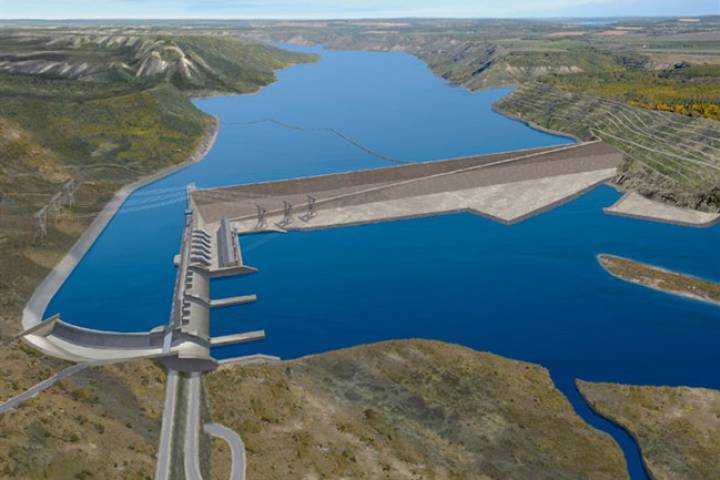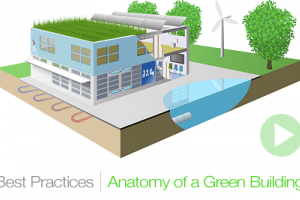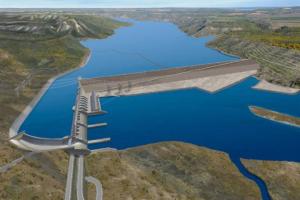Selection of Site for Cross Drainage Works

Selection of Suitable Site for Cross Drainage Works
The factors which affect the selection of suitable type of cross drainage works are:
- Relative bed levels and water levels of canal and drainage
- Size of the canal and drainage.
The following considerations are important
- When the bed level of the canal is much above the HFL of the drainage, an aqueduct is the obvious choice.
- When the bed level of the drain is well above FSL of canal, super passage is provided.
- The necessary headway between the canal bed level and the drainage HFL can be increased by shifting the crossing to the downstream of drainage. If, however, it is not possible to change the canal alignment, a siphon aqueduct may be provided.
- When canal bed level is much lower, but the FSL of canal is higher than the bed level of drainage, a canal siphon is preferred.
- When the drainage and canal cross each other practically at same level, a level crossing may be preferred. This type of work is avoided as far as possible.
Factors which influence the Selection of Cross Drainage Works
- The considerations which govern the choice between aqueduct and siphon aqueduct are:
- Suitable canal alignment
- Suitable soil available for bank connections
- Nature of available foundations
- Permissible head loss in canal
- Availability of funds
Compared to an aqueduct a super passage is inferior and should be avoided whenever possible. Siphon aqueduct is preferred over siphon unless large drop in drainage bed is required.
-
Suitable Canal Alignment: The alignment of the canal plays a crucial role in determining the type of cross drainage work to be used. The topography and the path of the canal will dictate whether an aqueduct or a siphon aqueduct is more feasible. Aqueducts are typically used when the canal can be conveniently elevated or bridged over the obstacle, while siphon aqueducts are preferred when the canal needs to pass under the obstacle.
-
Suitable Soil for Bank Connections: The nature of the soil surrounding the cross drainage work is an important consideration. The soil should be suitable for constructing stable embankments or supports for aqueducts. If the soil conditions are favorable and allow for proper bank connections, an aqueduct may be a suitable choice. However, if the soil conditions are challenging or unsuitable for embankments, a siphon aqueduct might be more appropriate.
-
Nature of Available Foundations: The type of foundation available at the site of the cross drainage work influences the selection. Aqueducts typically require stable foundations such as bedrock or strong soil to support their weight. If the foundation conditions are favorable and can support the structure, an aqueduct can be considered. On the other hand, if the available foundations are weak or unstable, a siphon aqueduct may be a better option as it can be designed to pass under the foundation without relying on its support.
-
Permissible Head Loss in Canal: The head loss, which refers to the reduction in water level along the canal, is an important consideration. Aqueducts generally result in a lower head loss compared to siphon aqueducts, as the water flows over the obstacle without significant pressure losses. If minimizing head loss is a critical requirement, an aqueduct may be preferred. However, if the permissible head loss is not a limiting factor, a siphon aqueduct could be considered.
-
Availability of Funds: The availability of funds is a practical consideration that can influence the selection of cross drainage works. Aqueducts are often more expensive to construct due to their larger size, foundations, and supporting structures. If the project budget is limited, a siphon aqueduct may be a more cost-effective option.








